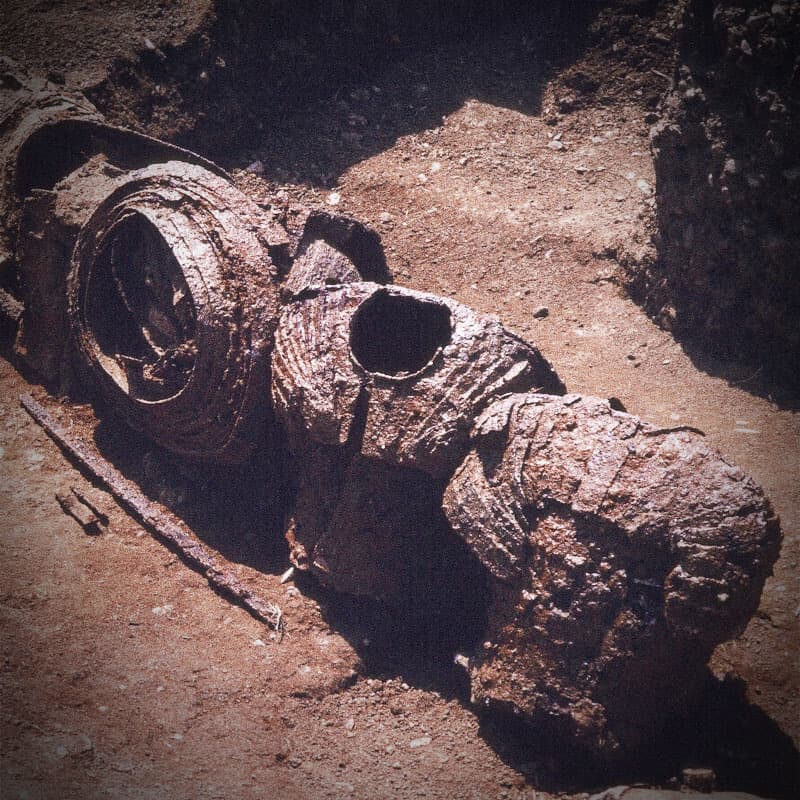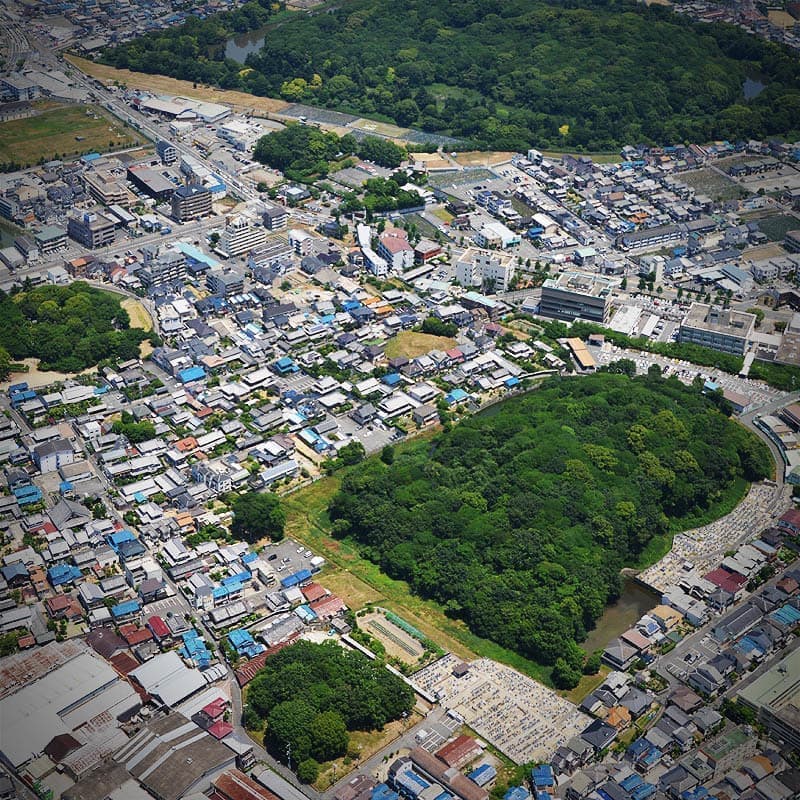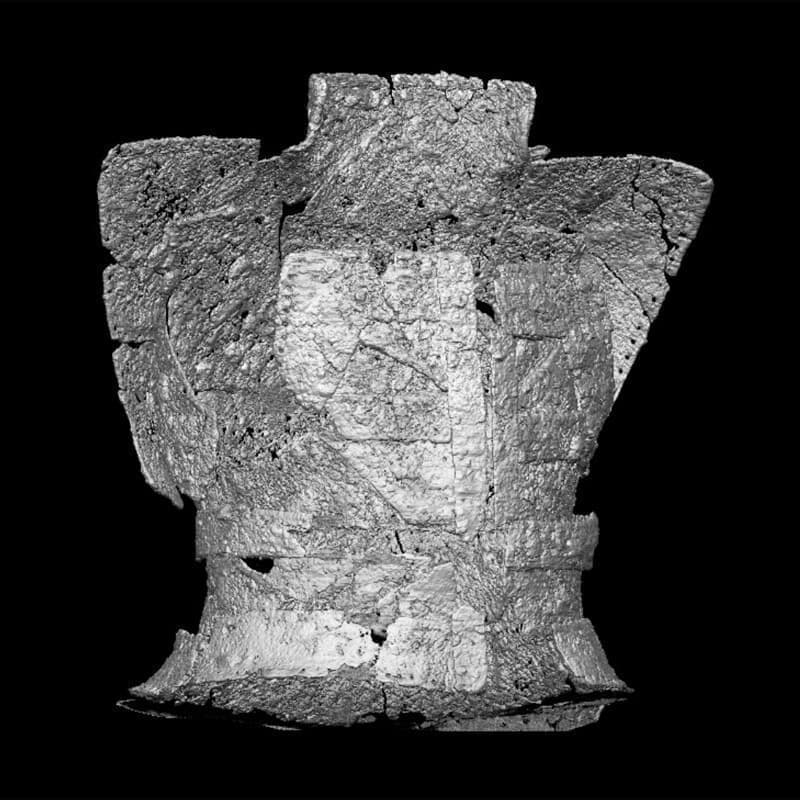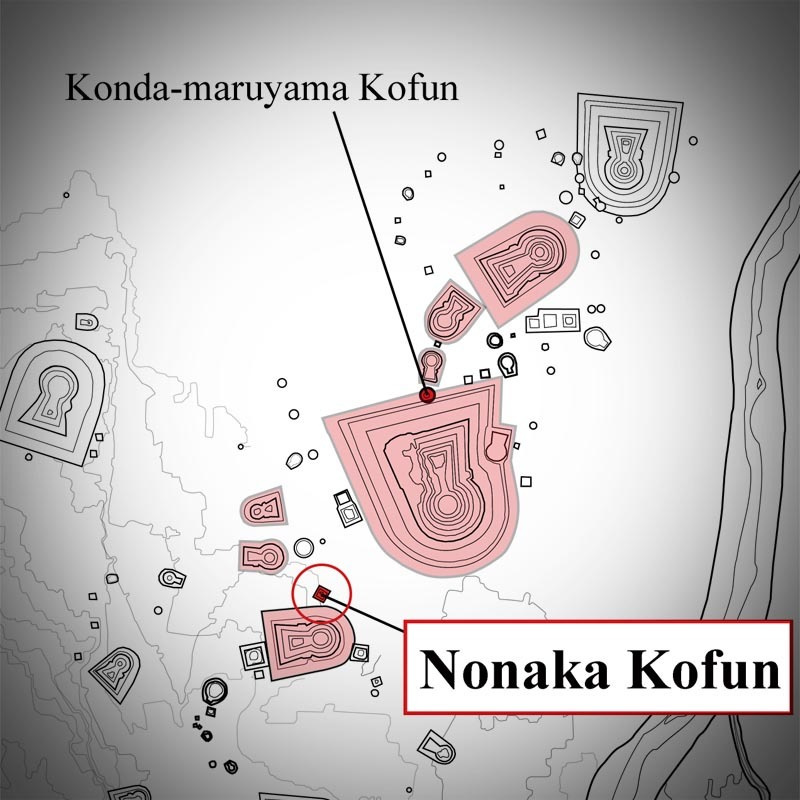The Mozu-Furuichi Kofun Group
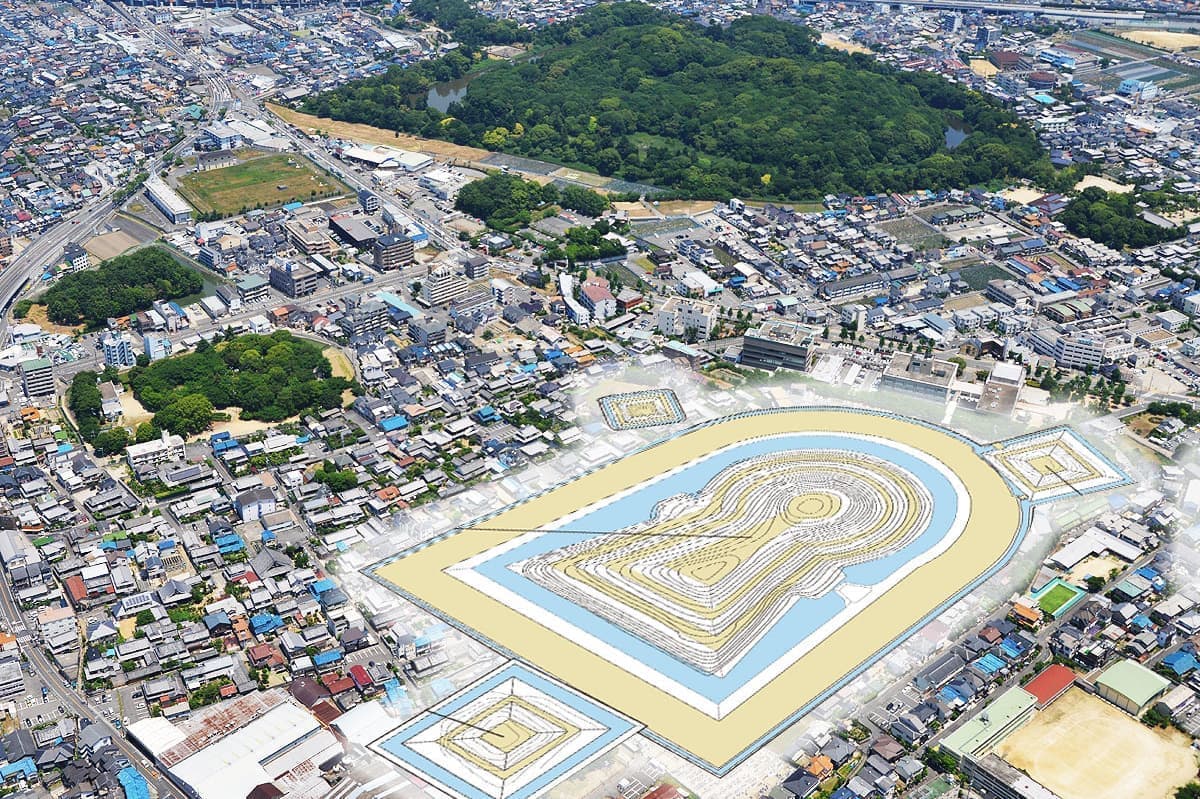
The Mozu-Furuichi Kofun Group in Osaka Prefecture includes numerous large kofun. Spread across Sakai, Habikino, and Fujiidera Cities in Osaka Prefecture, it has drawn attention since being registered as a UNESCO World Heritage Site in 2019. The group includes many large kofun over 200 meters long, the largest among them being Daisenryo Kofun, as well as even more small and medium-sized tombs; it is among the largest kofun groups in Japan and serves to represent the Kofun period. (Details on The Mozu-Furuichi Kofun Group can be found in “Interpreting the Kofun period.” Do take a look.)
As many of the larger tombs in The Mozu-Furuichi Kofun Group and elsewhere are under the jurisdiction of the Japan’s Imperial Household Agency as imperial tombs, they are not excavated except for revetment work. Therefore, it remains unknown what kind of facilities or burial goods are to be found within the largest kofun. It is thus important, in order to clarify the contents of the kofun group, to investigate the smaller tombs which are not considered imperial tombs.
However, while the smaller tombs can be excavated, they lack the public protection of the imperial tombs; as the protection framework was not well established immediately post-World War II, many faced demolition during the rampant housing growth of the high economic growth period. In the face of this crisis, we at Osaka University embarked on urgent investigations into those smaller tombs, which are in danger of being destroyed.
In particular, the 1964 excavation of the Nonaka Kofun in Fujiidera City was significantly successful, giving shape to the image of the 5th-century Kofun period.
What is the Nonaka Kofun?
The Nonaka kofun, part of the Furuichi kofun group, is one of the smaller tombs built around the Hakayama Kofun, a large keyhole-shaped tomb with a round rear mound. Small tombs positioned subordinately to larger tombs are known as baicho or subsidiary tombs.
As small as the Nonaka kofun is, it has revealed some 2,000 artifacts, including weapons and arms such as iron armor, helmets, and swords.
Well-preserved and without much damage from tomb robbery, the effect of these relics is stunning, such as the ten suits of armor excavated in a row. There have yet to be other examples of armor excavated side by side in this way.
Fortunately, the Nonaka kofun site remains extant even now. While the site in person appears simply as a mound of earth, archaeologically valuable information has been drawn from this tomb in quantity.
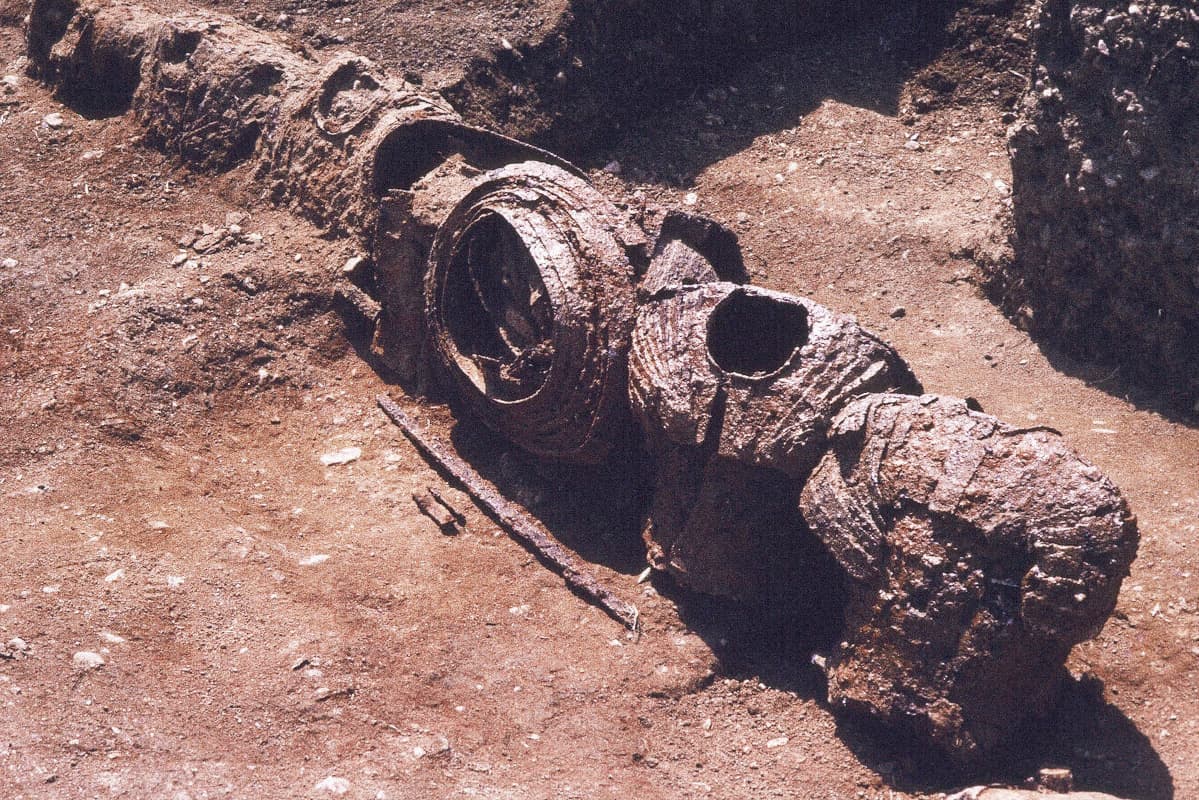
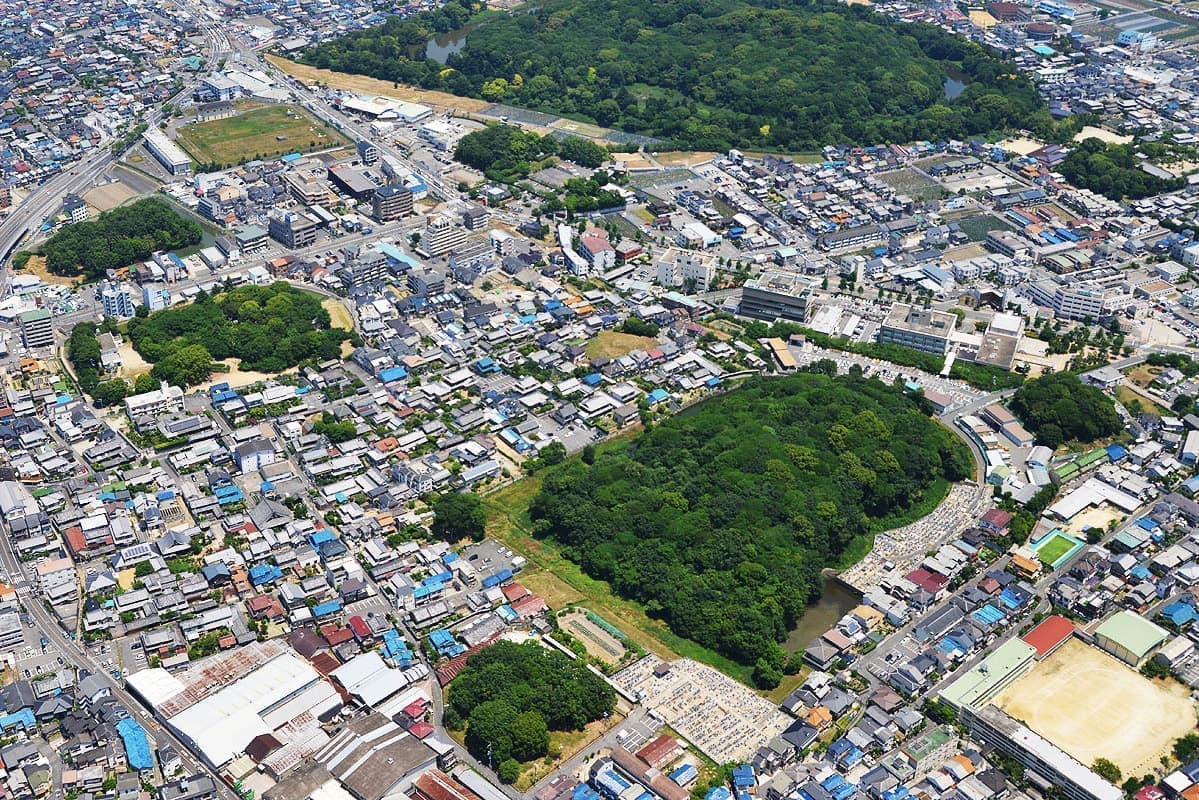
What we can learn from the abundant artifacts
In the Kofun period, even a single suit of iron armor was a rare enough cultural product to symbolize authority. And yet the Nonaka kofun has ten of them or more. This is an astonishing discovery. Based on an examination of the quantity and structure of the suits of armor, it is thought that the central government of the middle Kofun period, which built The Mozu-Furuichi Kofun Group, centrally produced and managed large numbers of suits of armor.
Given these research results, the suits of armor excavated a few at a time around the country are also thought to have been distributed as evidence of authority by the government.
In other words, it is now clear that The Mozu-Furuichi Kofun Group played a central role within Japan not only for the size of its tombs alone but also in terms of quality.
As noted above, scientific excavation has not taken place for the central burial facilities, etc., of most of the large kofun in The Mozu-Furuichi Kofun Group. That is, for all the large number of tombs, the many relics within remain almost unknown to the world.
This is why it is the many burial goods and, in fact, the archaeological information to be found in the smaller tombs which serve as essential clues to the elucidation of the contemporary government’s military strategies, the differences from other regions in political and economic power, and the political and social structures of the time.
In this way, the history revealed to us by smaller tombs is by no means a small thing. While archaeological excavations can clarify only small parts of the diversity of human activity, the effort put into these investigations brings to light previously unknown history.
CONTENTS
Project overview
The Nonaka Kofun-period mounded tomb (referred to below as Kofun) contains many weapons and arms such as suits of armor, suggesting the force and political strategy of the Yamato government of the time.
Mozu-Furuichi Kofun Group
The Mozu-Furuichi Kofun Group in Osaka Prefecture was registered as a UNESCO World Heritage Site on July 6, 2019, and is one of Japan’s largest kofun groups.
Nonaka Kofun 3D imaging
You can see the abundant weapons and armor excavated from Nonaka Kofun in 3D images.
